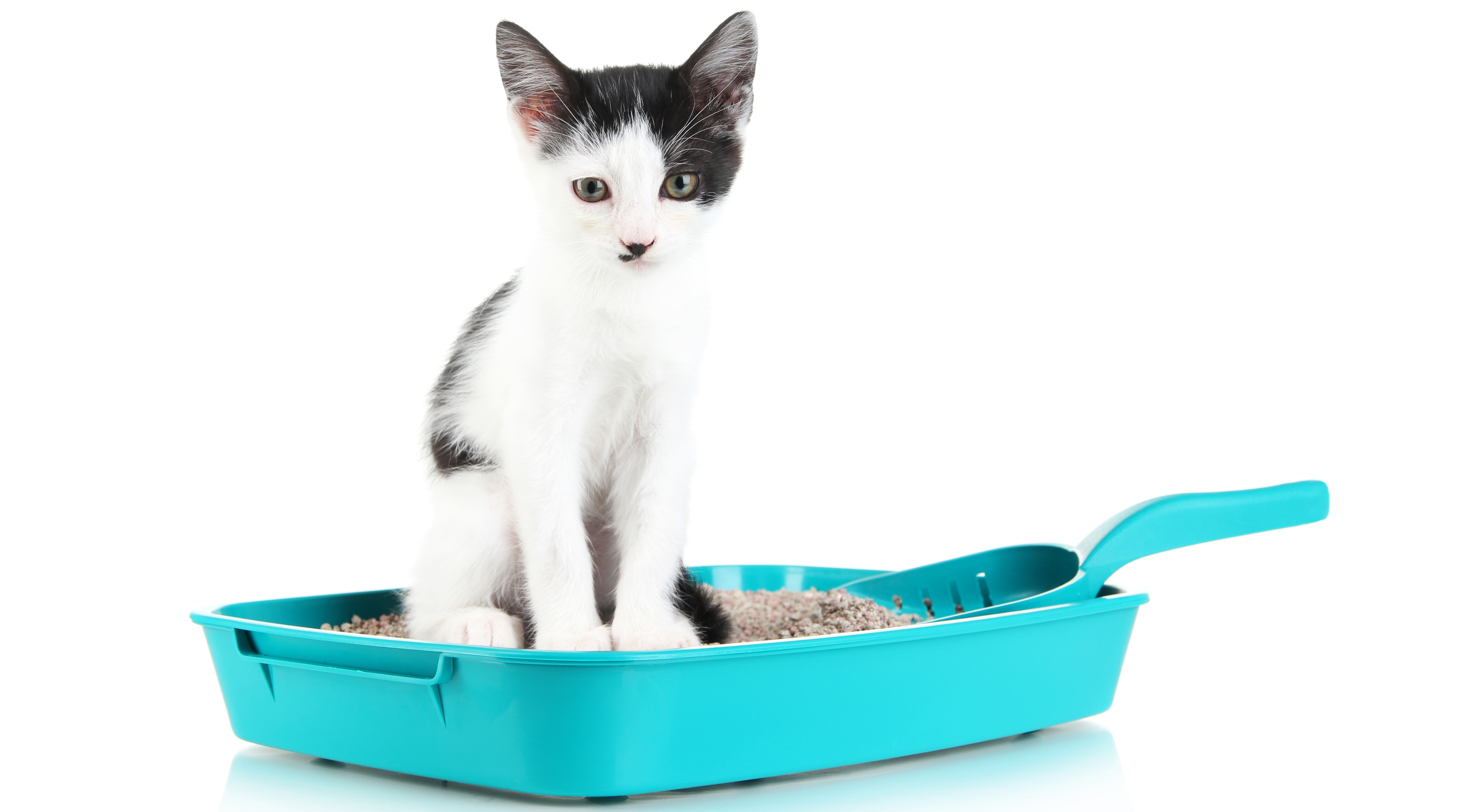Send your question to Umbra!
Q. I’ve been using a clumping, scoopable cat litter that is made primarily from corn. Recently my local pet stores were out of that brand, so I switched to one made primarily from wheat. The grain-based formulas seem to work better than the synthetic kinds, and they’re not perfumed — and I’ve assumed they’re at least marginally better for the rest of the planet than, say, clay varieties, both to manufacture and to dispose of. However, I’ve been wondering about where that corn comes from: Am I contributing to GMOs and other horrendous farming practices by using the corn variety? Is the wheat any better? Am I starving hungry families by using a food crop so I don’t have to live with the smell of cat poop? Please pour out your answer …
Tonia P.
Port Washington
A. Dearest Tonia,
Your question echoes several others I’ve received recently dealing with the unpleasant problem of, well, poop. We’ve covered composting toilets and doggy doo, so why not address man’s other best friend and her litter box, too?
For all of the charms of cat ownership, a feline friend comes with one major piece of baggage: that litter box, and its all-too-unwelcome side effects of odor, scooping duty, and little pieces of litter tracked throughout the house. Traditionally, owners have dealt with that problem with a box full of tiny clay pellets, including the popular clumping variety.
The secret sauce in clumping litter is sodium bentonite, a mineral that can absorb up to 15 times its volume — but is only profitable when strip-mined. Other varieties employ silica gel, a sand-based formula which some link to respiratory issues in sensitive kitties (though I couldn’t find anything solid on this in veterinary literature, and the ASPCA isn’t worried about it). But neither type can be composted or flushed (imagine what would happen if you sent superabsorbent clay into your plumbing), meaning all the litter box’s contents will end up in a landfill.
Since you specifically asked about litter sourcing, let’s stick to that topic today (though you can read more about how to compost litter or toilet-train your cat here). The clay alternatives out there — some of which you’ve already discovered, Tonia — each have their own pros, cons, and sourcing issues. So how do you solve a problem like a litter box? Like so many other things in life, there may not be one perfect solution. Let’s review the options.
First, some bad news about the corn-based kitty litter you’ve been scooping. These brands, which process kernels or corncobs into clumping pellets, are likely derived from genetically modified corn. Here’s what popular brand World’s Best Cat Litter had to say about the topic on its Facebook page recently: “Since our product is intended for use as animal litter and not for use as a food, the corn may or may not be GM corn. As our packaging states, corn is an organic material, but we do not imply that the corn we use is ‘organically grown.’”
With upwards of 85 percent of U.S. corn crops in the GMO column, odds are pretty good that your litter is, too. If this is a dealbreaker for you, take heart: There are other options out there.
Take your wheat-based brand. GM wheat is not currently approved to be grown anywhere in the world (rogue stands of Oregon wheat notwithstanding). And the leader in that category, Swheat Scoop, uses American secondary wheat, or wheat that doesn’t meet bakery standards, so you’re not snatching food from anyone’s plate.
It sounds like the wheat litter is working for you, but there are other, non-grain varieties on the market, too. Wood-based brands typically process leftovers from the lumber (like Feline Pine, which uses pine shavings) or furniture/musical instrument (like Next Gen Pet Flush Clean) industries. Some press old newspapers into pellets. One even uses walnut shell fibers, a non-food product if there ever was one.
Peruse pet-store comment boards and you’ll find that every cat (and its owner) has its own opinions about any given brand’s degree of odor control, trackability, and ease of use. I suggest you experiment to see which ones you and your kitty friend take to best.
A note about cost: Natural litters typically cost more than clay litters (though the naturals last significantly longer). If that’s a concern, you can always try making your own litter. Some people find success with plain old sawdust, chicken feed, and shredded newspaper; I even found an industrious cat lover who grinds her own organic wheat litter. You’ll give up varying degrees of odor control and convenient clumpiness if you go this route, but you’ll save some cash and know exactly what kitty will be scratching around in.
On a related note, may I humbly suggest that the owners of our nation’s 95.6 million cats get their little Tweety killers neutered or spayed, and then take a closer look at those composting toilet systems I mentioned above? After all, you’re already halfway there.
Naturally,
Umbra





